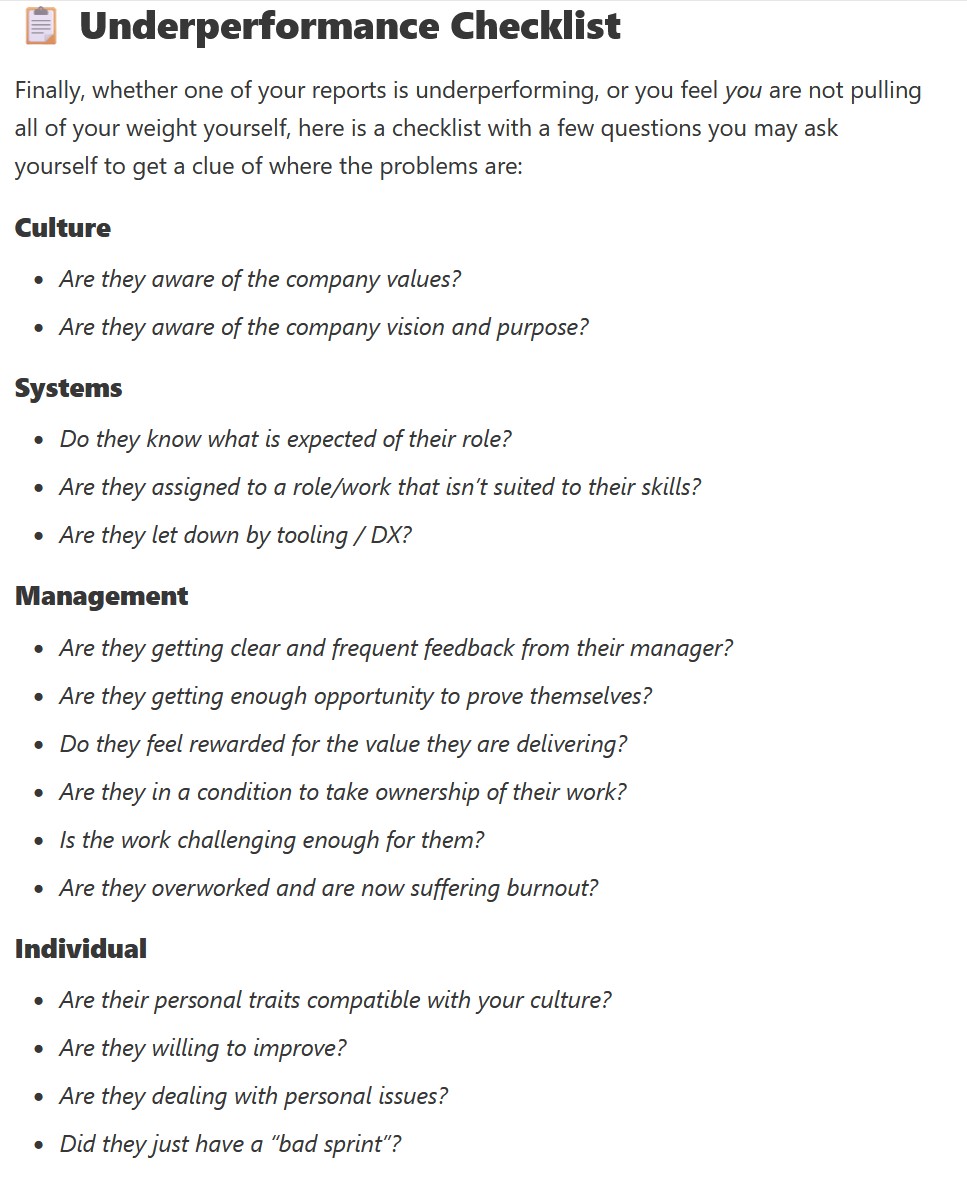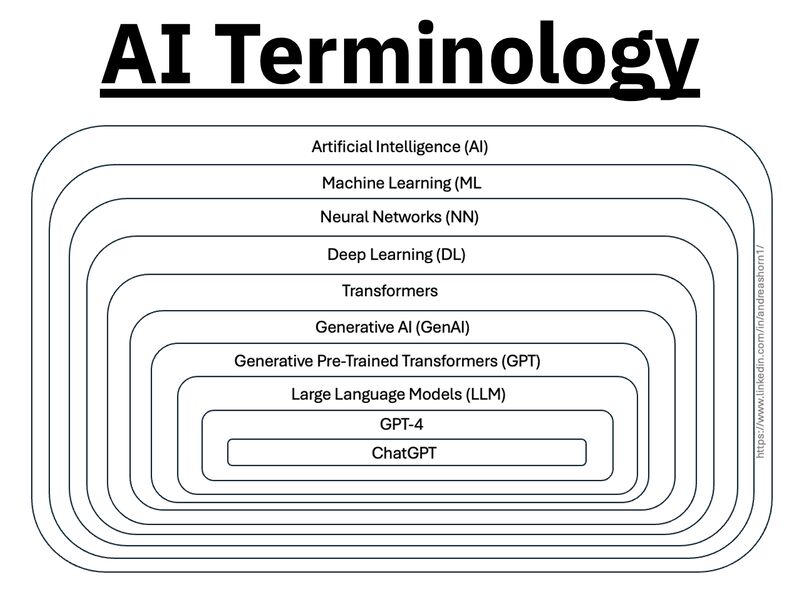BREAKING NEWS
LATEST POSTS
-
Luca Rossi – How to Help Underperformers
https://hybridhacker.email/p/how-to-help-underperformers
- Understand Performance is Systemic: Recognize that culture, systems, management, and individual traits impact performance.
- Address Underperformance Early: Use consistent feedback and the accountability dial (mention, invitation, conversation, boundary, limit).
- Provide Balanced Feedback: Reinforce, acknowledge, and correct behaviors.
- Use an Underperformance Checklist: Evaluate issues related to culture, systems, management, and individual traits.

-
Suite Platinum Medley cover by Diego Cebrián
Bonus: Mike Oldfield MEDLEY (Amarok|Ommadawn|TubularBells)
Diego Cebrián & Alejandro Sotomayor -
GoldmanSachs.com – GEN AI: TOO MUCH SPEND, TOO LITTLE BENEFIT?
Tech giants and beyond are set to spend over $1tn on AI capex in coming years, with so far little to show for it. So, will this large spend ever pay off? MIT’s Daron Acemoglu and GS’ Jim Covello are skeptical, with Acemoglu seeing only limited US economic upside from AI over the next decade and Covello arguing that the technology isn’t designed to solve the complex problems that would justify the costs, which may not decline as many expect. But GS’ Joseph Briggs, Kash Rangan, and Eric Sheridan remain more optimistic about AI’s economic potential and its ability to ultimately generate returns beyond the current “picks and shovels” phase, even if AI’s “killer application” has yet to emerge. And even if it does, we explore whether the current chips shortage (with GS’ Toshiya Hari) and looming power shortage (with Cloverleaf Infrastructure’s Brian Janous) will constrain AI growth. But despite these concerns and constraints, we still see room for the AI theme to run, either because AI starts to deliver on its promise, or because bubbles take a long time to burst.
Local copy below
-
Pallaidium – a free and open source genAI movie studio integrated into the free Blender video editor
https://github.com/tin2tin/Pallaidium/
Features
Text to video Text to audio Text to speech Text to image Image to image Image to video Video to video Image to text ControlNet OpenPose ADetailer IP Adapter Face/Style Canny Illusion Multiple LoRAs Segmind distilled SDXL Seed Quality steps Frames Word power Style selector Strip power Batch conversion Batch refinement of images. Batch upscale & refinement of movies. Model card selector. Render-to-path selector. Render finished notification. Model Cards One-click install and uninstall dependencies. User-defined file path for generated files. Seed and prompt added to strip name. -
59 AI Filmmaking Tools For Your Workflow
https://curiousrefuge.com/blog/ai-filmmaking-tools-for-filmmakers
- Runway
- PikaLabs
- Pixverse (free)
- Haiper (free)
- Moonvalley (free)
- Morph Studio (free)
- SORA
- Google Veo
- Stable Video Diffusion (free)
- Leonardo
- Krea
- Kaiber
- Letz.AI
- Midjourney
- Ideogram
- DALL-E
- Firefly
- Stable Diffusion
- Google Imagen 3
- Polycam
- LTX Studio
- Simulon
- Elevenlabs
- Auphonic
- Adobe Enhance
- Adobe’s AI Rotoscoping
- Adobe Photoshop Generative Fill
- Canva Magic Brush
- Akool
- Topaz Labs
- Magnific.AI
- FreePik
- BigJPG
- LeiaPix
- Move AI
- Mootion
- Heygen
- Synthesia
- Chat GPT-4
- Claude 3
- Nolan AI
- Google Gemini
- Meta Llama 3
- Suno
- Udio
- Stable Audio
- Soundful
- Google MusicML
- Viggle
- SyncLabs
- Lalamu
- LensGo
- D-ID
- WonderStudio
- Cuebric
- Blockade Labs
- Chat GPT-4o
- Luma Dream Machine
- Pallaidium (free)
FEATURED POSTS
-
GretagMacbeth Color Checker Numeric Values and Middle Gray
The human eye perceives half scene brightness not as the linear 50% of the present energy (linear nature values) but as 18% of the overall brightness. We are biased to perceive more information in the dark and contrast areas. A Macbeth chart helps with calibrating back into a photographic capture into this “human perspective” of the world.
https://en.wikipedia.org/wiki/Middle_gray
In photography, painting, and other visual arts, middle gray or middle grey is a tone that is perceptually about halfway between black and white on a lightness scale in photography and printing, it is typically defined as 18% reflectance in visible light

Light meters, cameras, and pictures are often calibrated using an 18% gray card[4][5][6] or a color reference card such as a ColorChecker. On the assumption that 18% is similar to the average reflectance of a scene, a grey card can be used to estimate the required exposure of the film.
https://en.wikipedia.org/wiki/ColorChecker
(more…)





